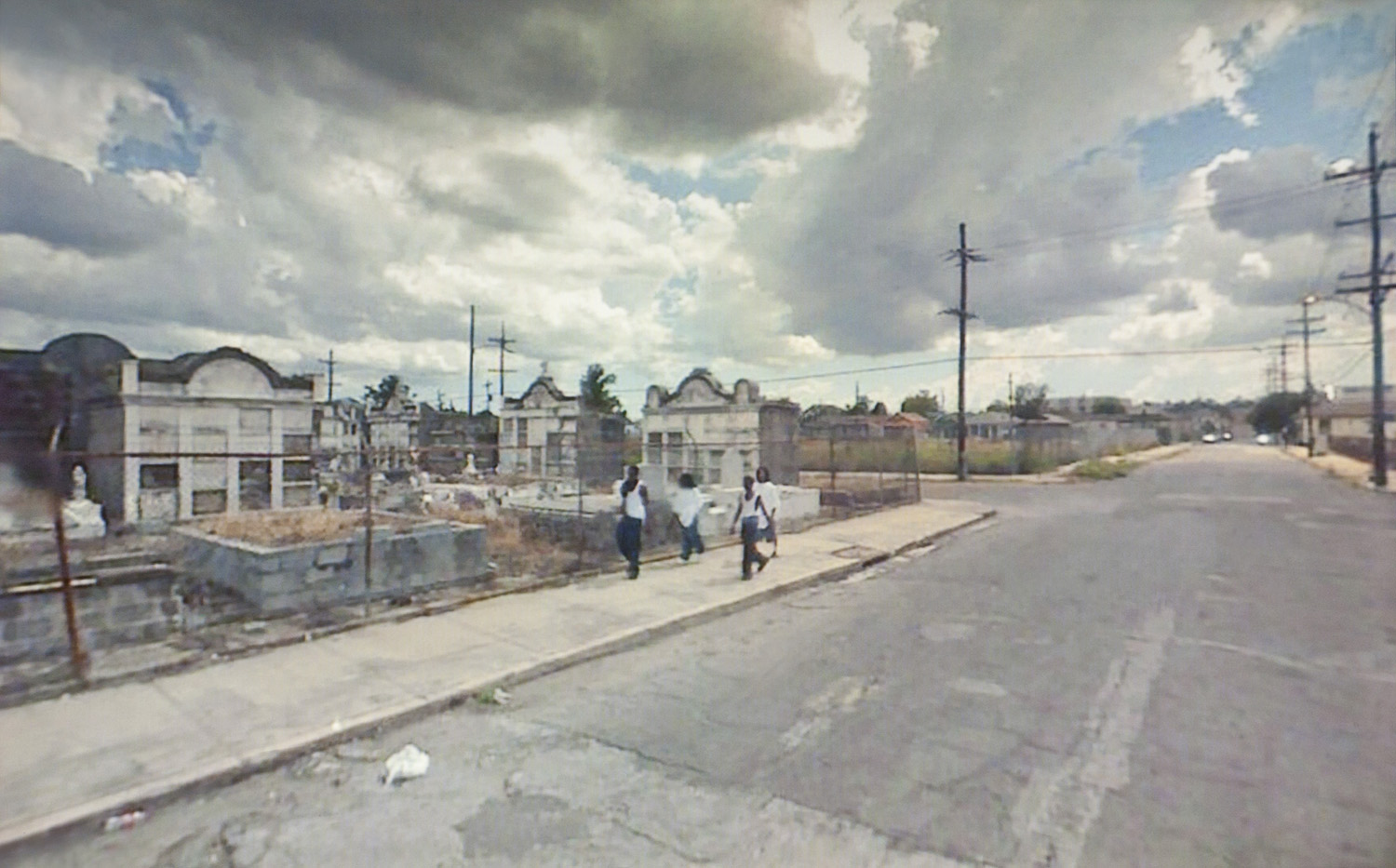
There are any number of ways to make a picture, a notion that Dan Leers, curator of this year’s New Photography show at the Museum of Modern Art wanted to address in the exhibition, which opens Sept. 28.
“This year, my hope was to give an idea of the different ways photography is practiced today. I think all of the artists bring a unique background—where they are from, their training and their style,” Leers says. “That, in turn, makes each artist’s work unique and different than everything else.”
The annual New Photography show in New York City has launched the careers of many photographers while documenting major shifts in the practice, process and direction in which the medium is headed. Since its inception in 1985—minus a hiatus between 1998 to 2004 during renovations to the museum—each year’s exhibition is representative of the institution’s voice on prominent emerging work within the contemporary art photography world.
This year contains an international roster of six artists, with a diverse scope of practices. Zhang Dali sources original propaganda and print materials from Maoist-era China to analyze the meticulousness of the Chinese government’s censorship and practice of doctoring photographs. Moyra Davey integrates the postal service into her work, highlighting the rarity of analog practices in the digital age. Over the course of a decade, George Georgiou photographed Turkey’s paradigm shifts in politics and social structure—a result of increased Westernization in the country. Deana Lawson‘s large-scale environmental portraits explore the notions of intimacy, sexuality and community among African-Americans. Doug Rickard uses screenshots from Google street view to not only highlight the proliferation of photography on the web, but to raise discussion about poverty, race-equity and personal privacy. Rounding out the group is Viviane Sassen, who was born in Amsterdam but spent her childhood years in Kenya. Sassen explores her feelings of displacement and a lack of national identity in a series of surreal photographs of anonymous subjects.
Unlike shows in the past few years, this selected group of artists all address issues that reach beyond the art world and speak to a larger audience. “The engagement [outside of the art world] was something I was going for,” says Leers. “Having there be a connection between the artist and viewer was important. My hope is that the viewer, regardless of whether they can specifically relate to the ideas or moments, can understand the photographer’s connection with the work and therefore become interested.”
New Photography 2011 opens Wednesday, Sept. 28 and is on view until Jan. 16, 2012
at MoMA in New York City.
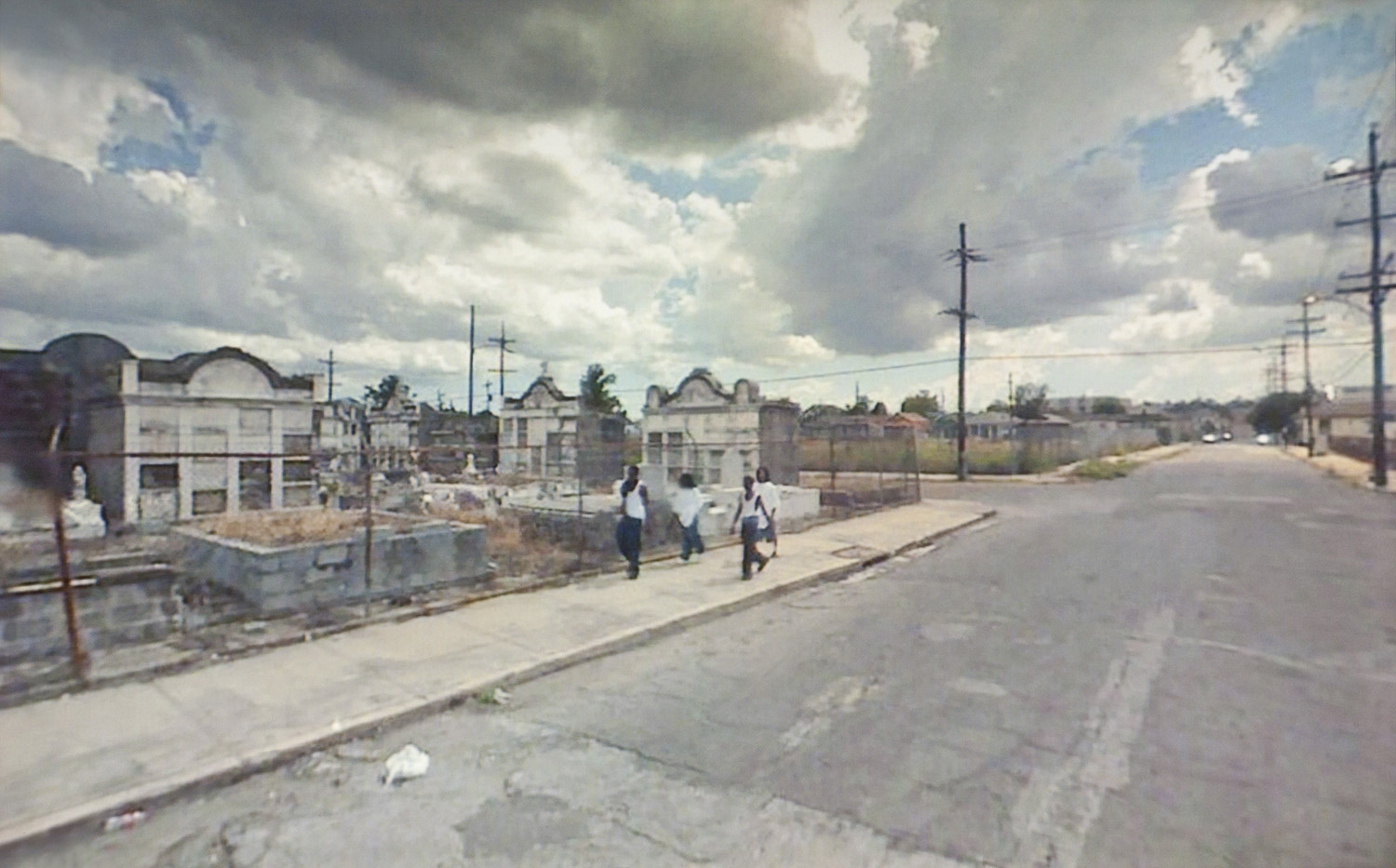
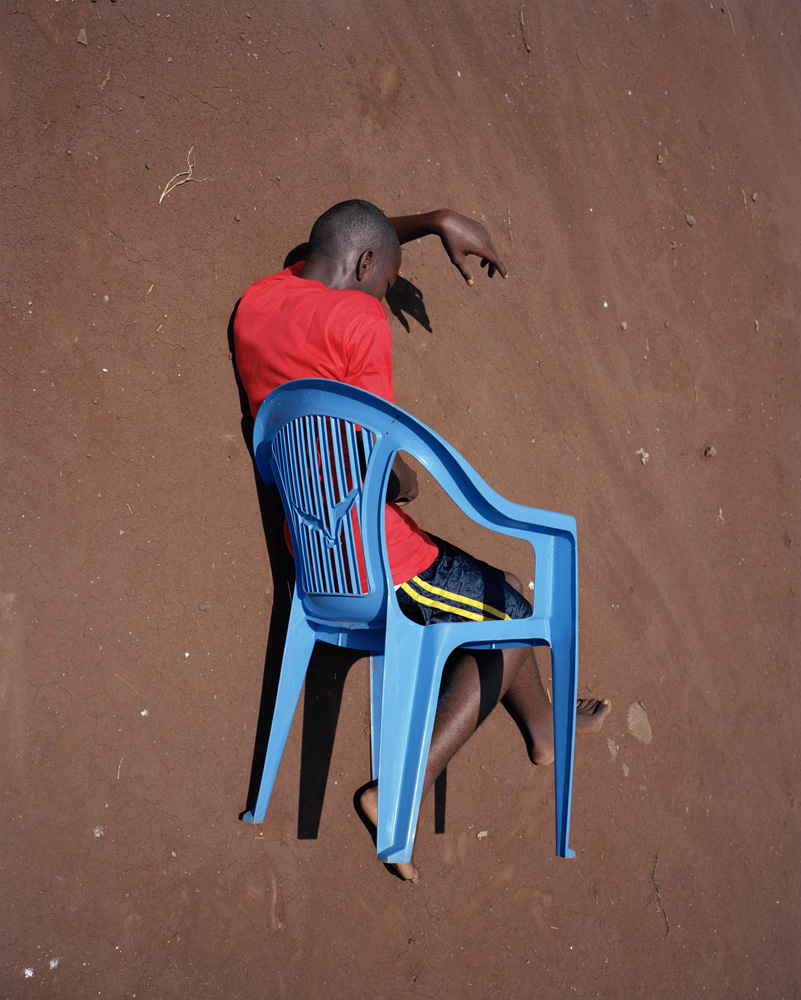

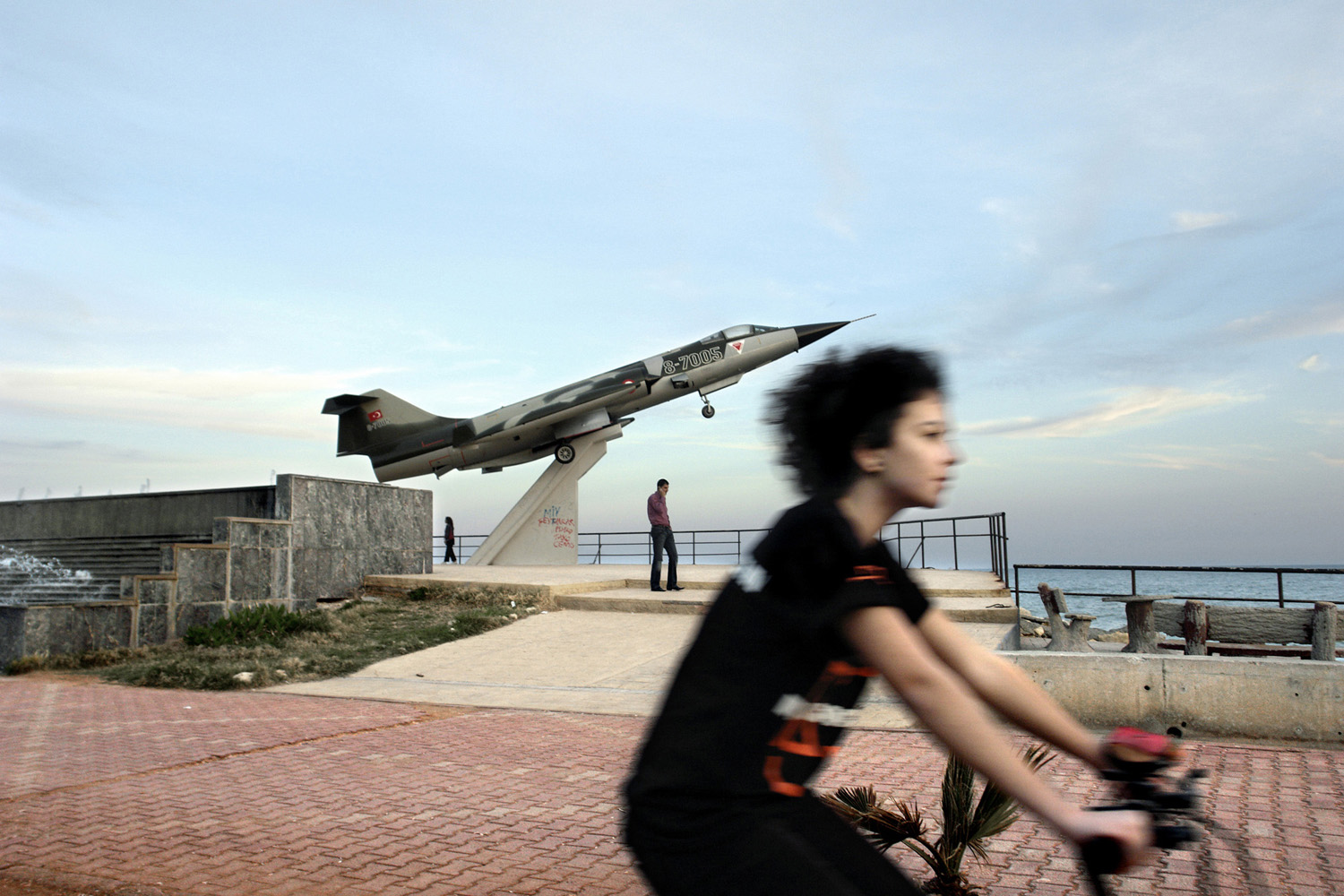
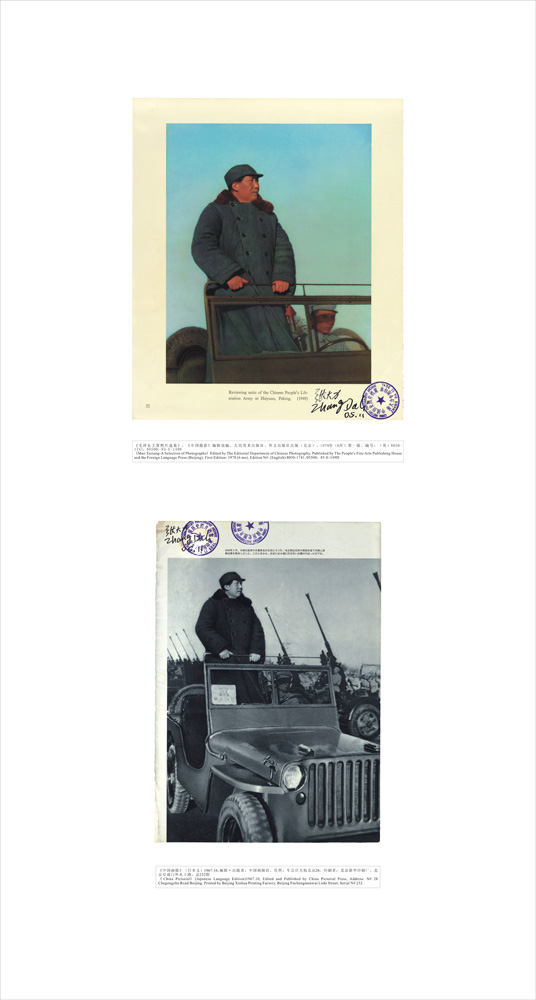
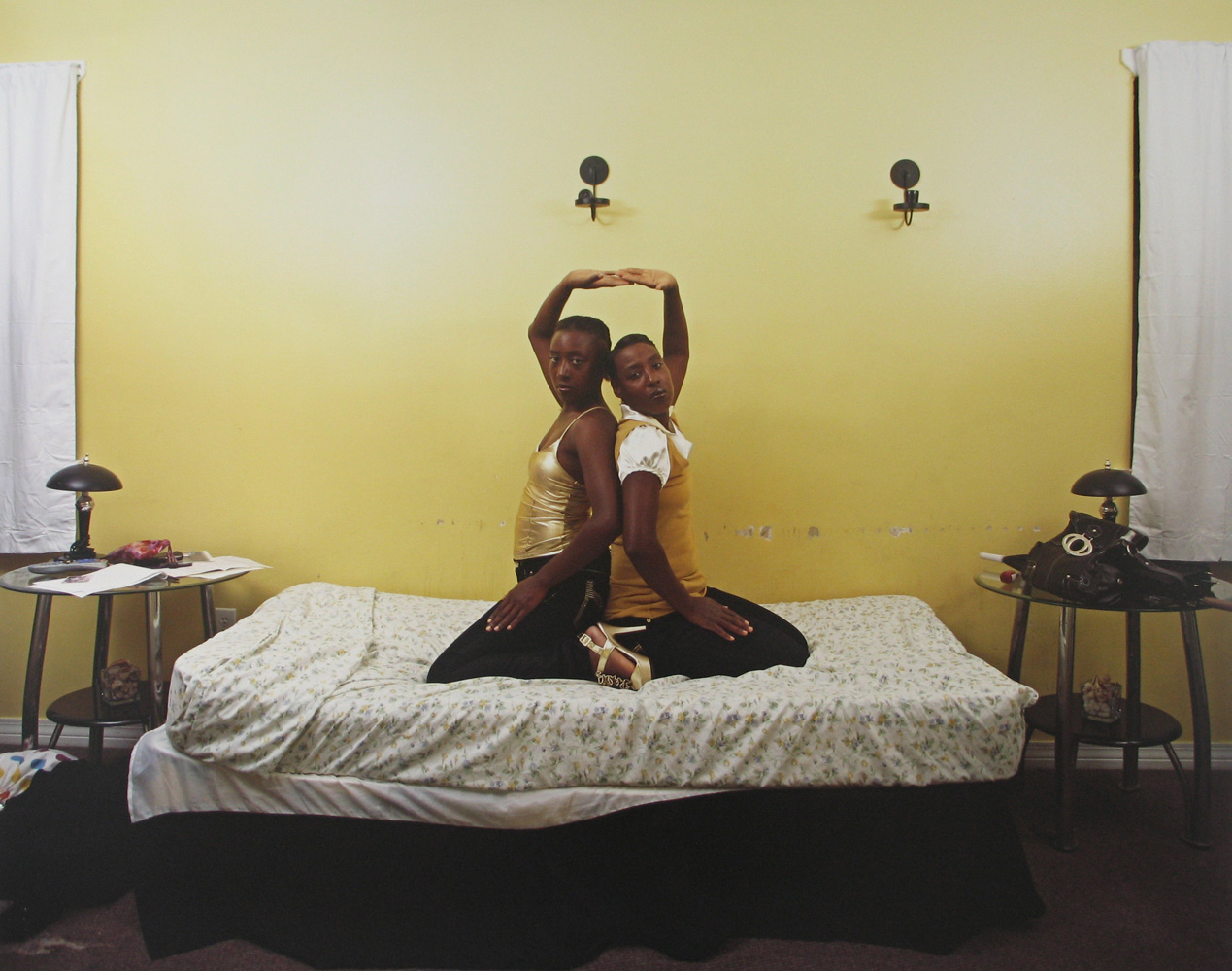
More Must-Reads from TIME
- Cybersecurity Experts Are Sounding the Alarm on DOGE
- Meet the 2025 Women of the Year
- The Harsh Truth About Disability Inclusion
- Why Do More Young Adults Have Cancer?
- Colman Domingo Leads With Radical Love
- How to Get Better at Doing Things Alone
- Michelle Zauner Stares Down the Darkness
Contact us at letters@time.com